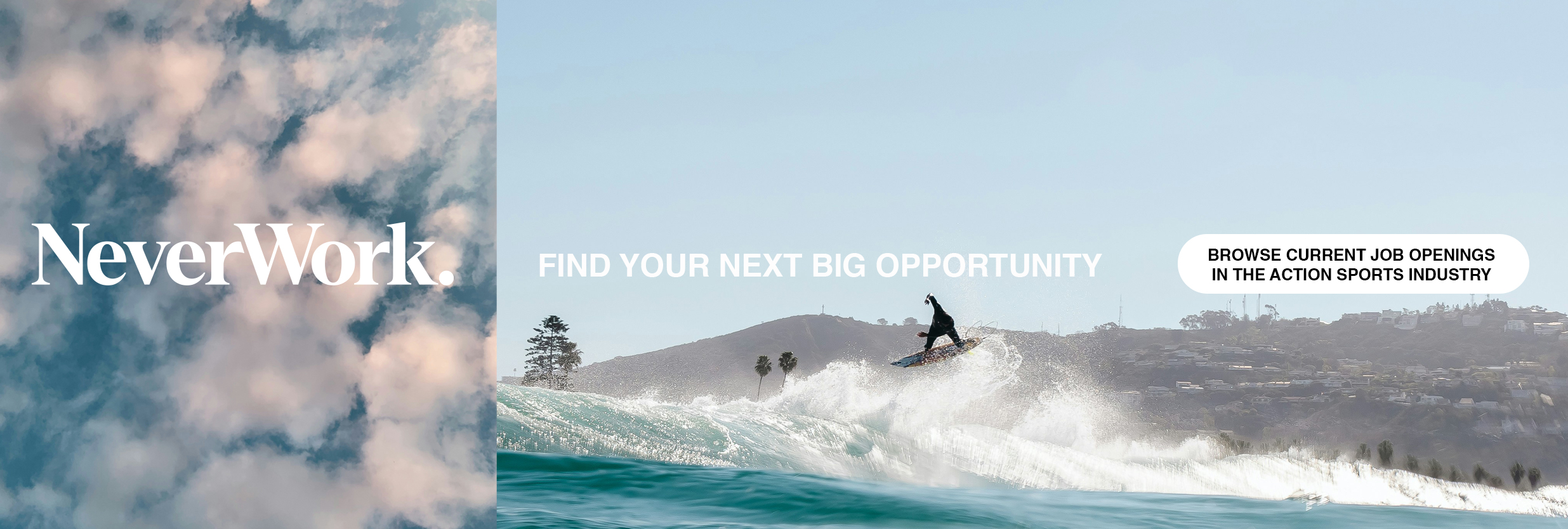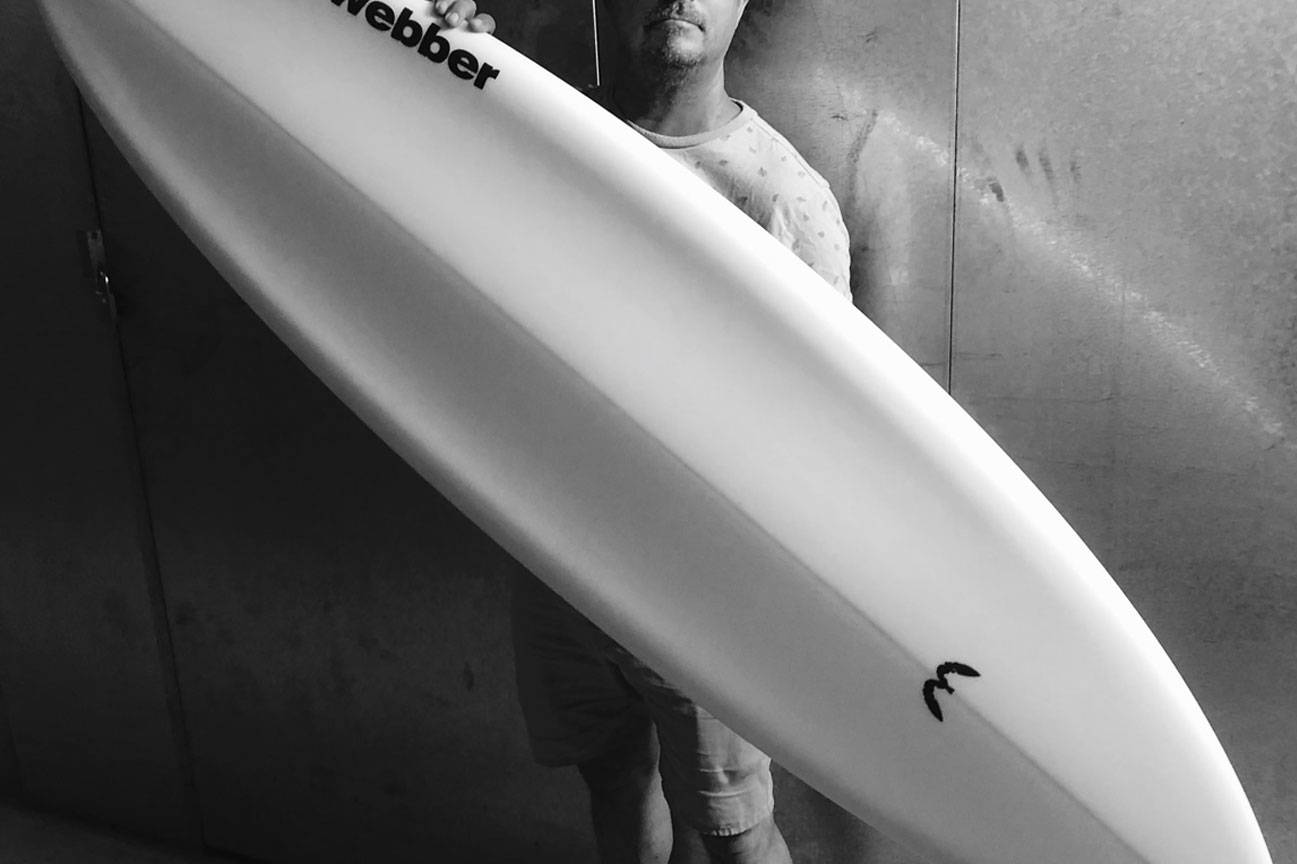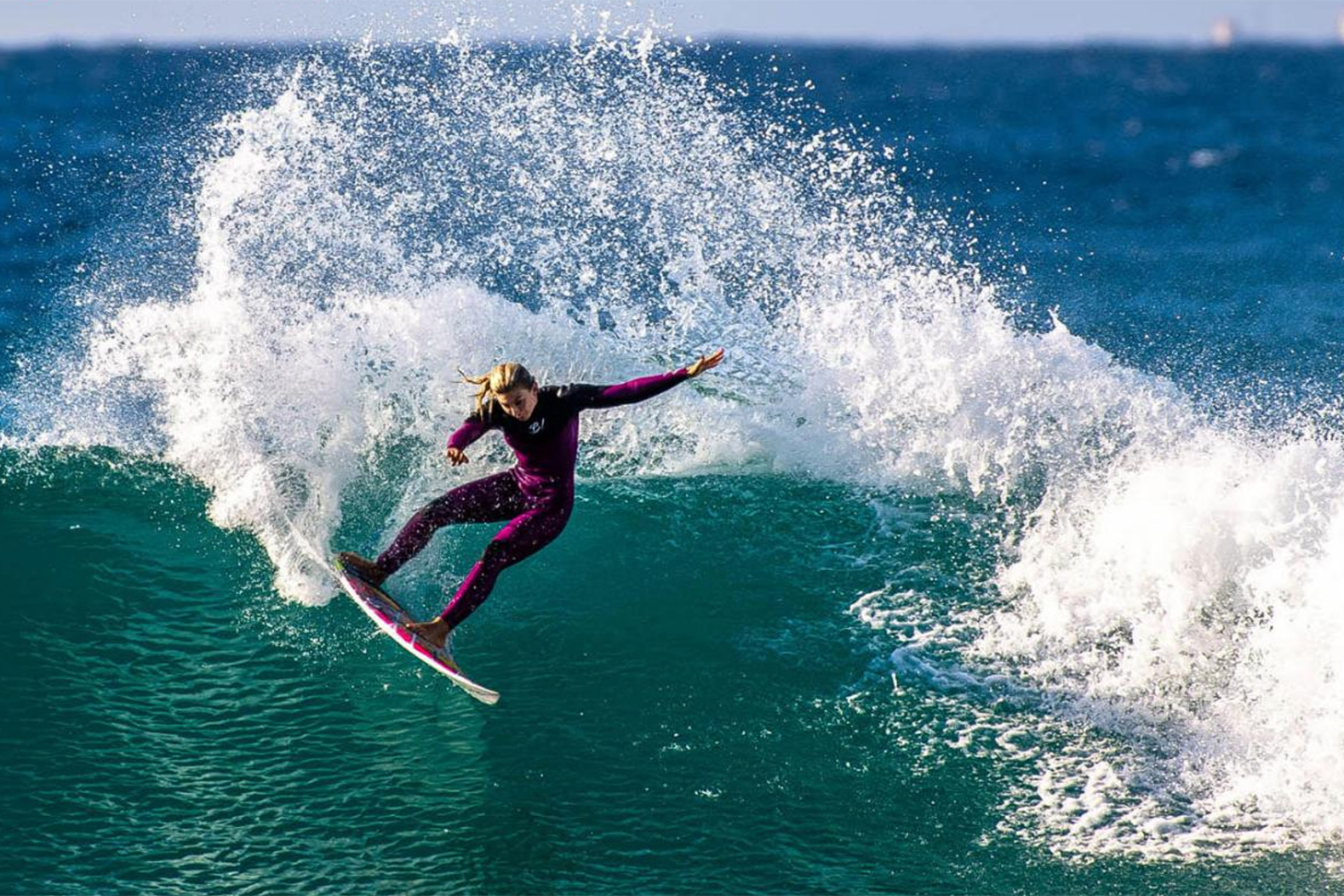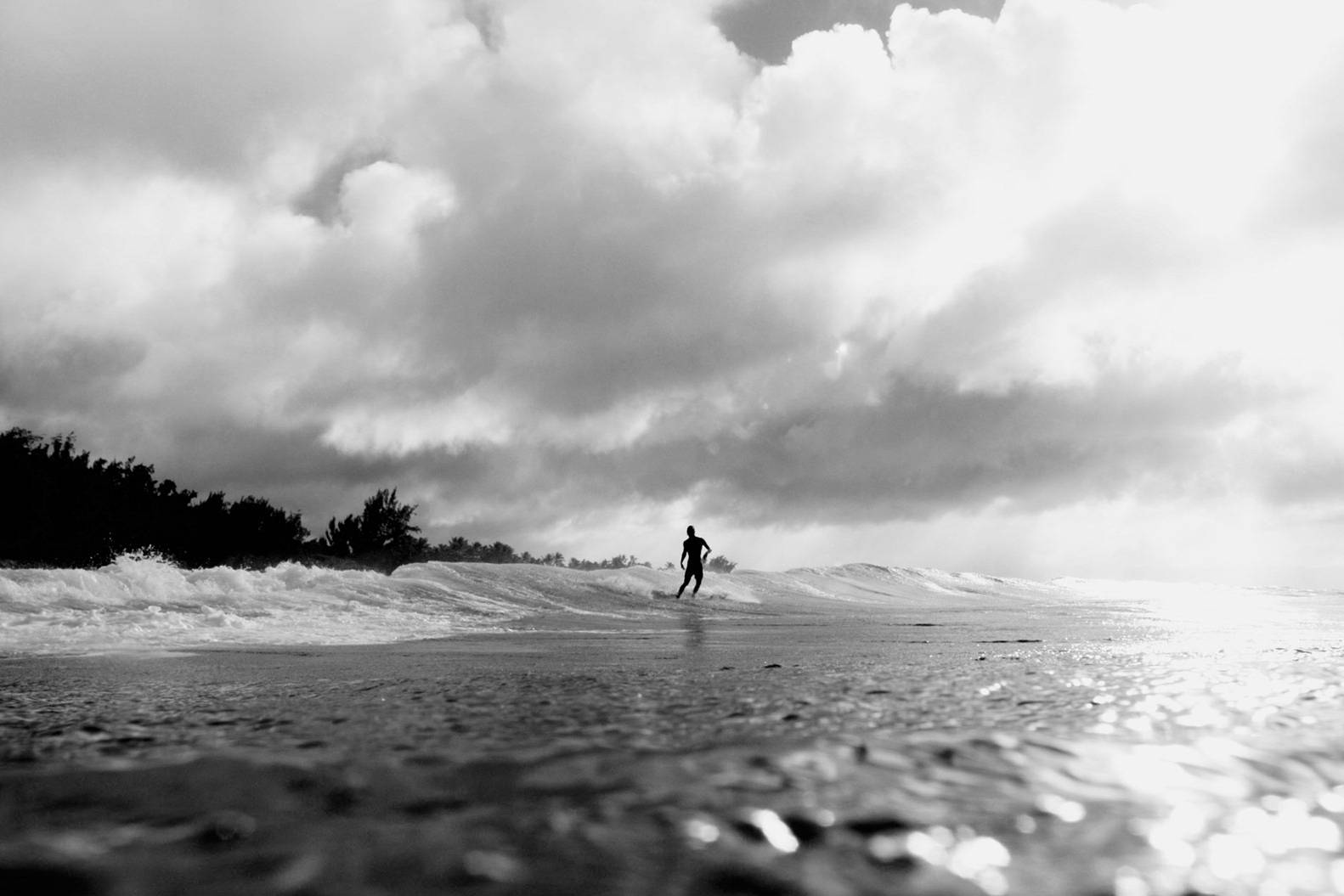Not every day an interesting interview with the Global Product Line Director from Patagonia lands in your lap, so when it does, you get it transcribed and loaded on the site quick smart.
Jimmy from Lipped, the Surfers Podcast, had the chance to interview Mark Little a couple of weeks ago in relation to the new performance boardshorts Patagonia released late last year – the Hydroflow Boardshorts. Which is Patagonia’s first real stab at a performance short and they’ve come out with a pretty damn good pair of boardshorts.
They’ve given us a fused waistband, welded seams, and 4-way stretch material, to add to that it’s Fair Trade Sewn and comes with Patagonia’s Iron Clad Guarantee. To jump a bit further into the process behind it all Jim had a good chin-wag with Mark, the lead designer behind the project.
We’ve transcribed it, which you can read it below, it’s not a short chat but that’s the great part as Mark delivers some interesting answers around the development of the short, and working within Patagonia’s values and beliefs. And if you’re not a reader, Jimmy said the audio version of it will be up on Lipped later this week.
THE BOARDSHORT
James – First of all congratulations on the Hydroflow Boardshorts, a fantastic short. I understand that it was an almost 12-month process to develop these shorts. Can you tell me what the starting point for a new solution like this is, as opposed to a more seasoned update on a product?
Mark – Yeah. I’d actually say it was probably longer than a 12, this has probably been years in the making as we’ve been tinkering with the shorts. This is not our first board short, and certainly, we’ve been tinkering for many, many years trying to iterate, and try and improve and get that best board short that we’re all just super stoked on for using.
The heavy lifting of this probably was in that 12-16 month span when we kind of just said, you know, we’re just not where we want to be and we felt like there was a lot of good shorts that were out there but nobody was really hitting the mark as far as kind of that home run short, yet. I think we’ve been leading for many, many years in this space, as far as kind of the sustainable footprint and social responsibility. I don’t think that anybody came close to that. We were really trying to educate and influence people on fair trade and kind of really moving into those sustainable fabrics, like recycled nylons and polyesters.
Mark, cont – The challenges over the years there, in going to a full conversion there that we were happy with again, was that oftentimes when you move to recycled fabrics you do get some durability degradation there. So finding the right fabrics that were still going to hold up to our expectation and hold up to that ironclad guarantee that we’re really looking to commit to our customer base was a real challenge to get there.
We finally got there with the current inline fabrics that were there but then we were like, you know what, we’re really lacking four-way stretch. We kind of felt like we’re still in basic land, either kind of burly static nylon, which is cool whether you’re a retro fan or whether you just want to have that burlier kind of static piece, although the old Birdwells and even in our heritage, surf being one of our founding activities, along with climb here in Ventura, we’ve had that Wavefarer board short in our lineup a lot of years, and it’s kind of been known as the denim, it’s almost more like the denim of board shorts. And a lot of our ambassadors and athletes and just kind of various fans wear that beyond just surfing, they’re wearing it to do everything day in and day out.
And so we felt like okay, how are we going to get into the game here. We felt like to kind of succeed in the fabric, we needed to have four-way stretch to get that ultimate movement and really start to be able to get a fit that we were going to be proud of, that you can’t feel, that you can really tailor so that it really moves with you in the water. At the end of the day I think if you can surf with a board short that you don’t feel, that almost it’s like you’re surfing naked, you’ve accomplished something there. At the end of the day, that’s it. It’s all about the feel.
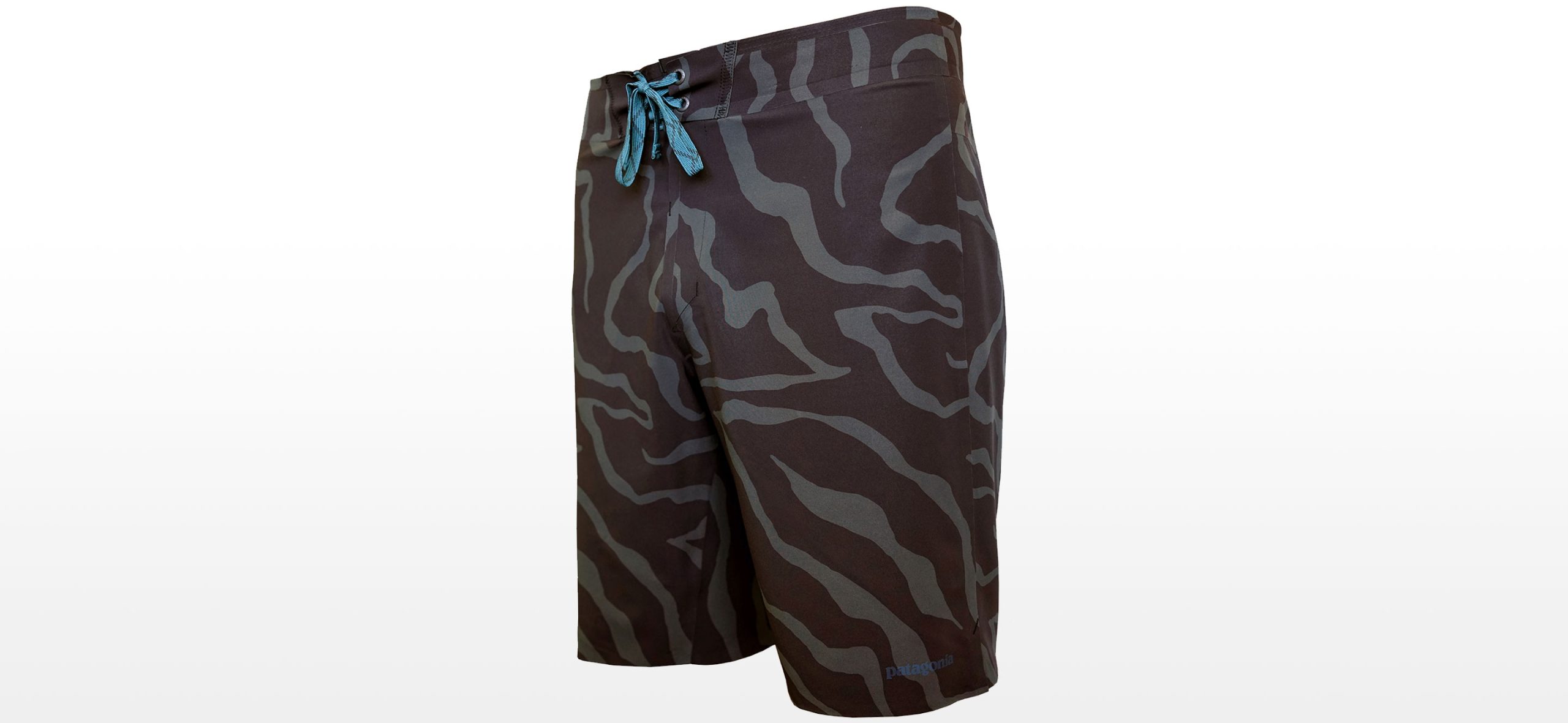
PERFORMANCE
James – If we take a step back I suppose from the fabrics for a second, from a, I suppose, a key performance surfboard short, what were the problems that you sort of identified and what were the things that you were trying to solve with this short?
Mark – I think we wanted to try and build the simplest short that didn’t have a ton of bells and whistles but that allowed you to have the best sessions and spend the most time in the water possible because at the end of that day that’s the goal. It’s a tool at the end of the day, right? A board short is a tool for a surfer, and yes there’s a whole side of does it look good, can I wear it around town after, etc., but at the end of the day we were really focused on building the simplest short.
Mark, cont – what could we take away from it while still having it perform at its best in as many water conditions as possible. So that’s kind of the main problem statement we wanted to do. So in doing that, it was kind of like okay, A, fabric first and foremost. B, kind of constructions we were going to look at. Really when it comes down to constructions, what can we do with the waistband, what can we do with the flies? Those are kind of the key areas that tend to get bulky, hold water, chafe, dry, make you uncomfortable, grow, all those things. So those were kind of the key areas we really focused in on.
SIMPLE vs COMPLEX
James – I really appreciated that simplicity of the short. Can you tell our listeners, how much harder is a simple solution than a complex solution to something like a board short?
Mark – I think it’s really hard because I think your tendency is build, build, build, is going to make it the best. I think not disrespecting any other brands out there building shorts but there are a lot of shorts out there that have a lot of bells and whistles, and we buy them all, we try them all and we give kudos to the ones that are like holy shit, I thought this thing was not going to be a good solution, it’s actually worked really well. But then there was always something about everything we tried that just didn’t, it didn’t quite work out.
Mark, cont – So it’s really hard. I think if you look back at our design philosophy that Yvon wrote, our founder, he said a product is truly completed once you can’t take anything else away. So I think every year … And I’m paraphrasing, but that’s kind of the general statement. And so every … When we’re building a product, it’s like everything on there has a purpose for being and nothing more.
So we don’t want to embellish too much. We want to make sure if we’re putting a pocket on there, where is that place of being, is it functional, does it have everything you need to do about it?
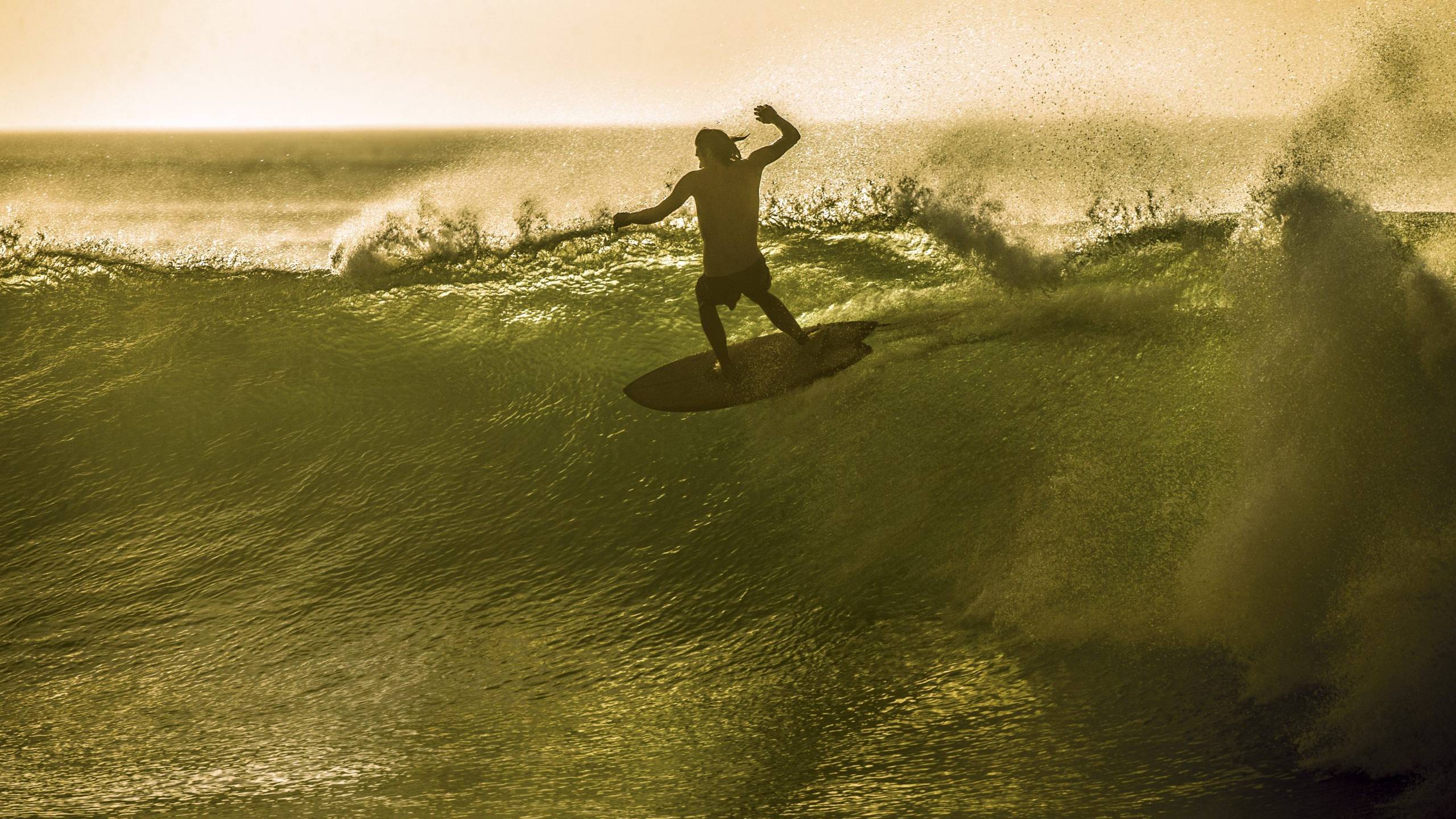
PRODUCT DESIGN
James – Can you tell me a little bit about the seams? Aside from the pocket, they feel almost nonexistent. How have you achieved that and was that a difficult process?
Mark – You know, the seams are an interesting one. I think we’ve just been playing around with different seaming placement and the different types of glue and construction there for years and years and years, and then actually in an earlier iteration of our hydroplaning, which was the short that was out in the market prior to this, we had started having some small victories with really minimalistic design on a board short, and so just playing with that.
We actually looked to some of our other categories and I think that’s one of the key things that’s been really neat, is to learn to look outside of your immediately bubble and see that there’s some really rad shit going on out there in other categories, like run, like mountain biking, looking in the fitness sector. Nike is one of those companies out there that are just doing crazy stuff with innovation and construction. And so that actually got us thinking about kind of looking around the horn with even how we’re building our outerwear patterns and how we’re building other products within the company.
And so some of that seaming actually came to be from being really inspired by some of the work they were doing with the mountain bike short in the mountain bike category, and saying, “Well, you know what, some of that might actually apply to a board short.” So that’s when the gang got into our forge, which is our R&D facility, and just started iterating. Took a bunch of different fabrics we were curious about, started sewing shorts up and started playing with seaming and playing in the water with them, coming back, changing them, iteration, iteration, iteration, iteration until we got something we were really stoked on.
James – You mentioned before the pocket placement. This was a really interesting point because I suppose the one negative that we found in the review was the pocket placement is on the front of the short and that leaves a seam line down the middle of the leg, it also means a key sitting on the front of your leg. Was that just a best possible solution or is that something you’ve identified since taking it to market, as something you might change or was there a specific reason for that pocket placement?
Mark – I think it’s something that we thought at the time was the best but as we use it more then those are things, and even hearing you say that now then we’re all going to go nerd out on the pocket even more now because we’re going to break shit, we’re disappointed in that. I think it’s a good solution, I think there’s always room for improvement. I think we already want to play with the size a little bit, see if we can streamline it a little more, because it’s a balance between understanding that hey, it’s meant for surfing first, but surfers’ lifestyles have changed dramatically over time and that short can be used as much for high-level surfing as cross training and I’ve got to put my phone in post-surf, and can I put wax in, and if you’re doing long sessions, guys are starting to carry, putting Dew in their pockets in long sessions, so they can reenergize and not have to come out of the water.
So these are all the extreme problem statements that we’re hearing and playing with and I think that’s what the neat thing is is we get to spend 12, 15, I mean we’re already … We’ve been starting to work on what the next iteration of the short is, we probably might not even bring to market for 24 months from now, and getting to spend time with our ambassadors, really talking about what truly are the problem statements that they’re encountering during their life in the water.
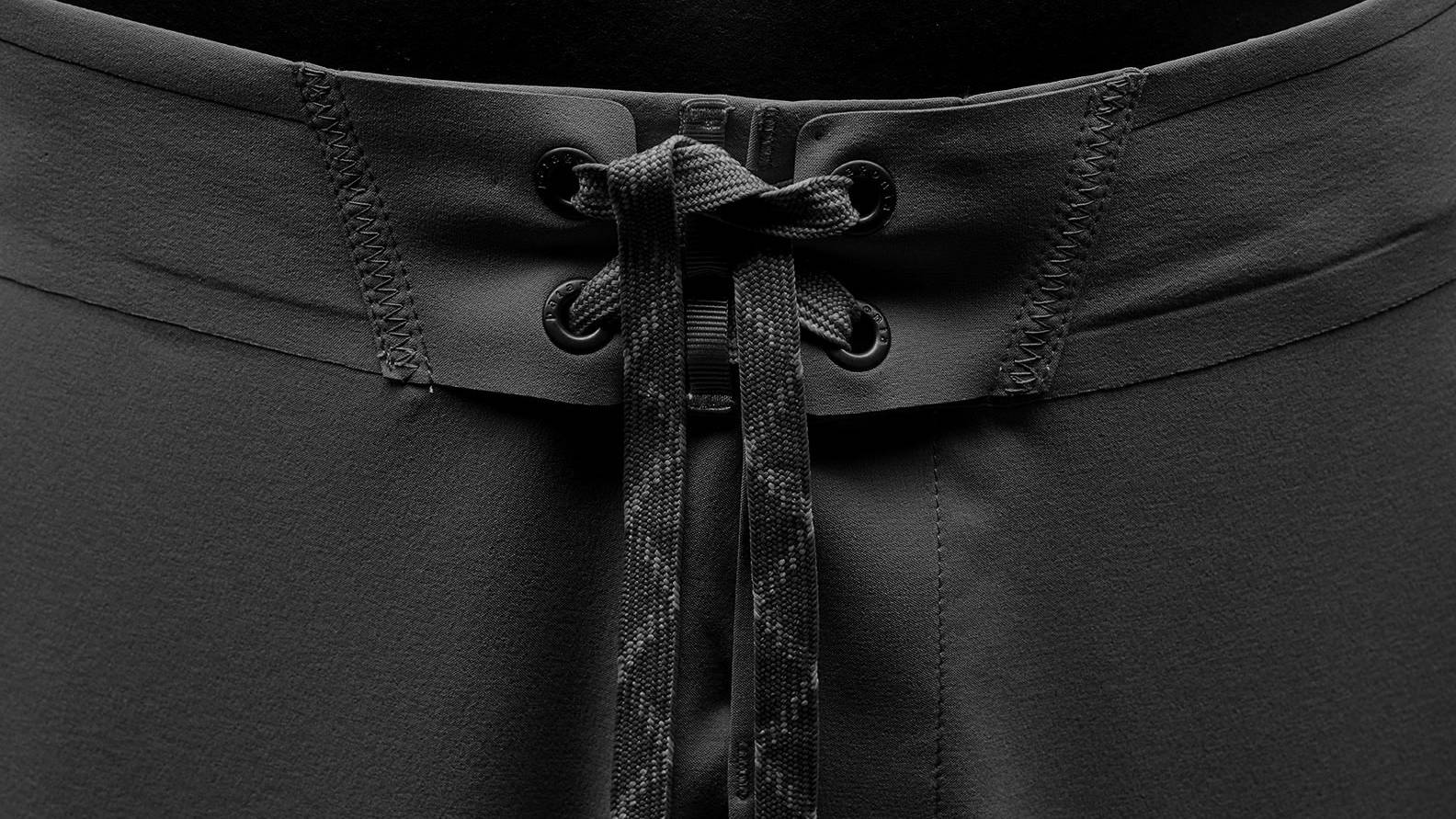
FAIR TRADE
James – I had a really interesting conversation with Hub when I was talking to him about the wetsuits and he was talking about being in the factories and seeing the genuine impact that fair trade certification made on the people on the ground in those factories. I’m wondering whether you’ve sort of had any similar experiences through this process that you can share with us?
Mark – Through this particular short, not so much. But I can speak in general on fair trade and for us the people that build the product for us day in and day out are part of our family, and so when we converted the line to a full fair trade collection, women’s also did that with the swimsuits as well, it’s just part of our core value set and commitment to how we’re going to go about building product. It’s not just about bringing the product to the market, it’s about not only even causing the least amount of harm anymore, and when we say causing the least amount of harm, that doesn’t just mean to the environment but it also means also to the communities we’re in.
Mark, cont – And so if we can better the communities that we’re actually in that are helping us be successful and helping us kind of get that causes the least amount of harm message out to the broader community, we’re certainly committed to that. So fair trade’s been a great way not only to lead there, like getting the wetsuits there, getting the board shorts there, getting the swimsuits there, and then obviously on the sportswear side of things and even more so as a brand, we’ve just ramped that up so much over the last even three years, that it’s been a really impressive march to kind of do that.
We don’t even think of it as something … It’s a challenge to get these factories up and going but for us, it’s just part of the checking the box and requirement on becoming a product at Patagonia, so.
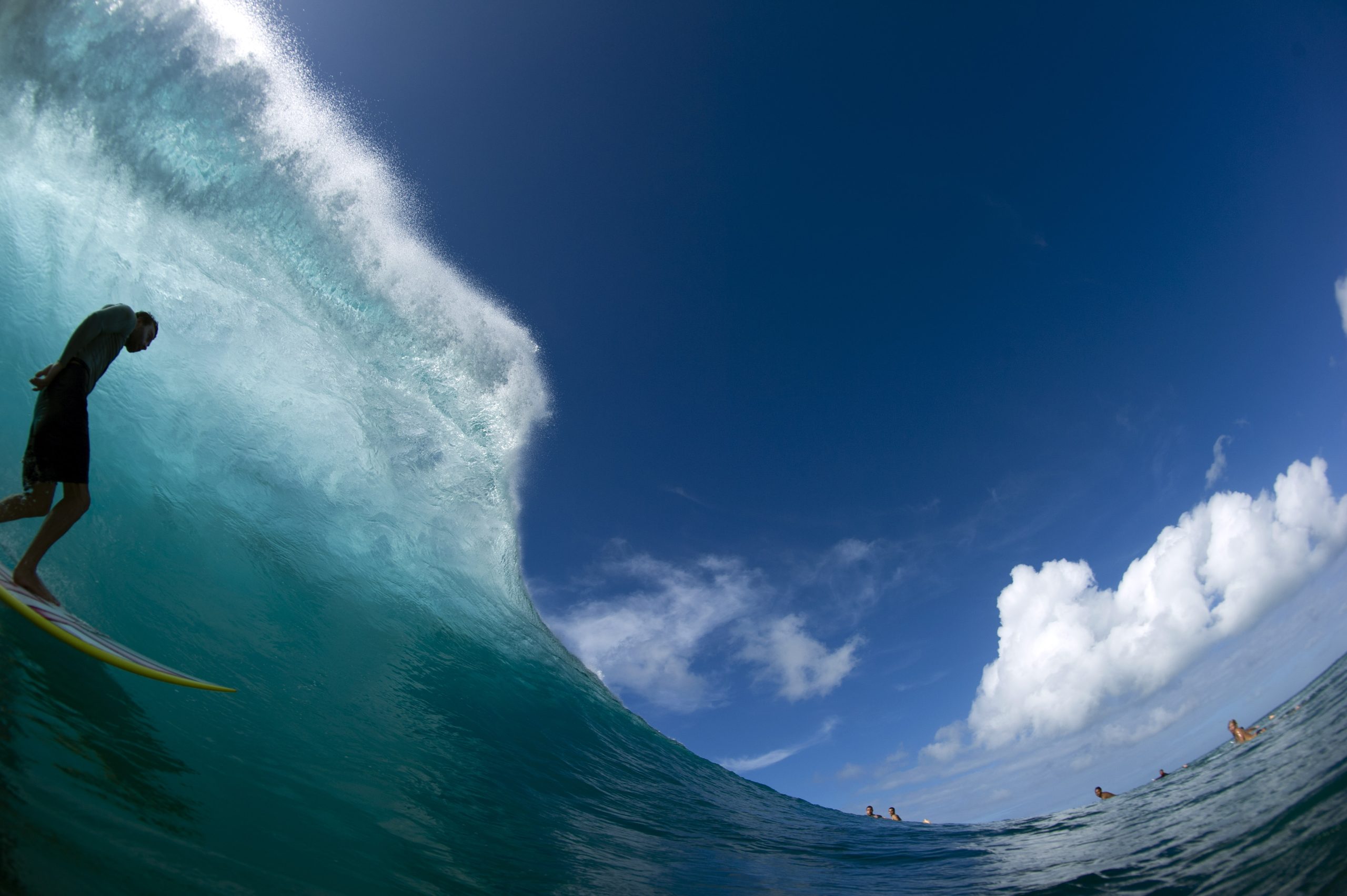
LAST QUESTION
James – Last question. Obviously, the wetsuits were our wetsuit of the year and we’ve been incredibly impressed by the performance of the Hydroflows, it seems that Patagonia is really focusing on getting their core surf performance products right, and it’s a dramatic improvement on the products that have been in the past. Was there something that instigated this change or is this just, we’re finally seeing the sort of products catch up to the intent that’s been there all along?
Mark – I think that’s really well said. I think the products are finally catching up to the intent. I think earlier when we were chatting, I said, I think we were well caught up and not only caught up but leading when it came to the sustainability and social responsibility, but we felt like we were kind of chasing and a little bit behind on the product from the core technical side of it.
I think it almost takes a village to do these things, and I think that’s the bigger thing is, is finally being able to get the right resources and the right team in place here for us to kind of really have a full court press of really great talented individuals from all aspects, the material side of it, being able to select the right materials and kind of deciding how are we going to test those materials, having the right ambassadors in place, having the right support teams in there to allow me to kind of have a team that can really go after this and bring this to market.
Our team in Australia as well have been just a tremendous resource, having come over to the market myself and kind of spent some time and really doing all the research and having the time to do the research and spend time in warm waters, because we don’t have warm water here in California, so we have to go to places to get to use board shorts. Having all of that ultimately allows us to kind of really be where we are today, and we feel like we’re just getting started.
James – Awesome. Well, Mark thank you so much for taking the time to speak to Lipped, we really appreciate it.
Mark – I’m really, I’m humbled and honoured to get to share the story so thanks for having me.
The Patagonia Hydroflow boardshorts are available now from all Patagonia dealers, as well as Patagonia.com. They’ll set you back $120 aud, but with an iron-clad guarantee, that’s pretty good value.
And if you’re up for more surf-based podcasts, we pulled together a short list of the best ones the other week. Head over here to load up your queue for the drive home this afternoon.

